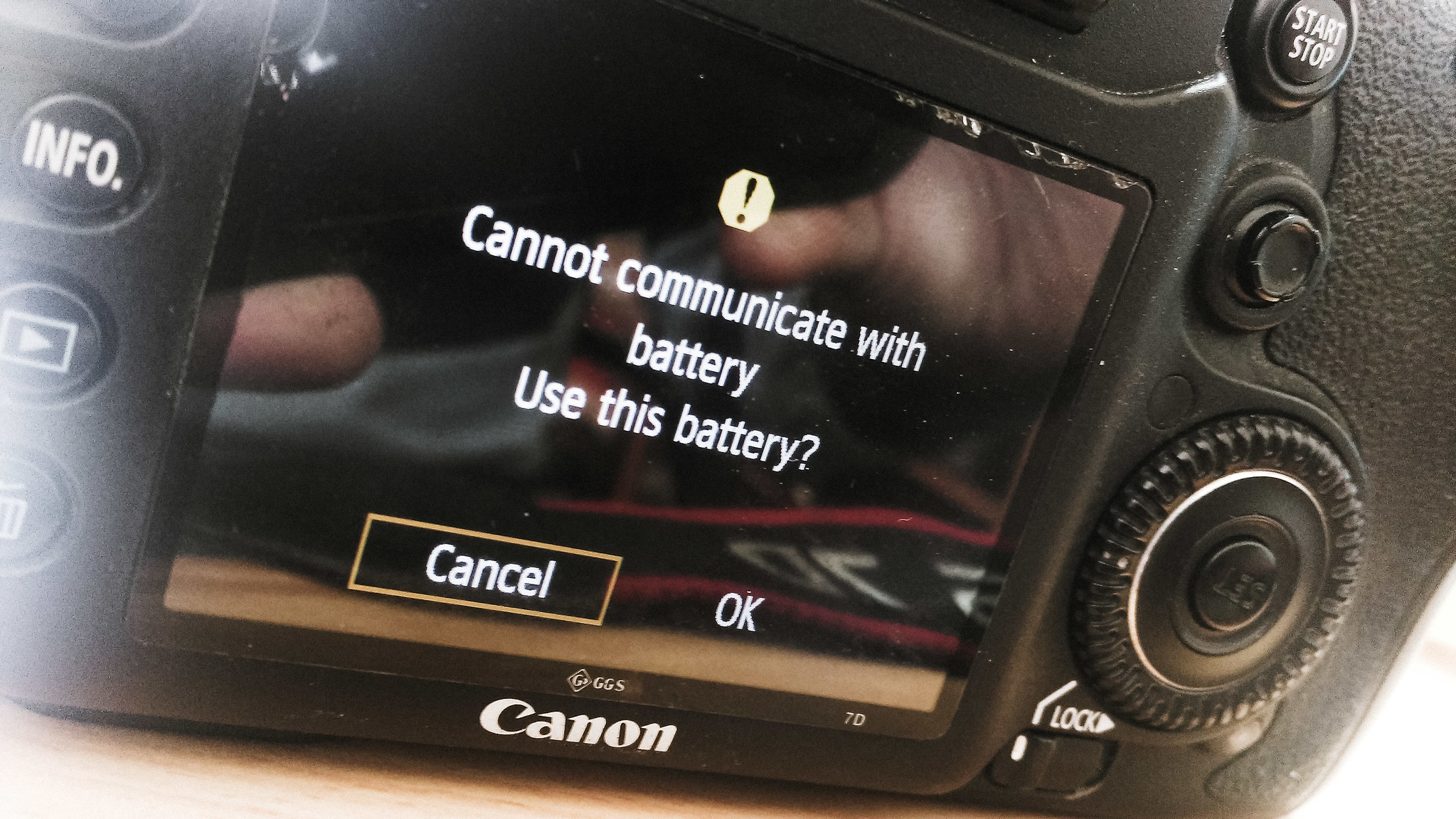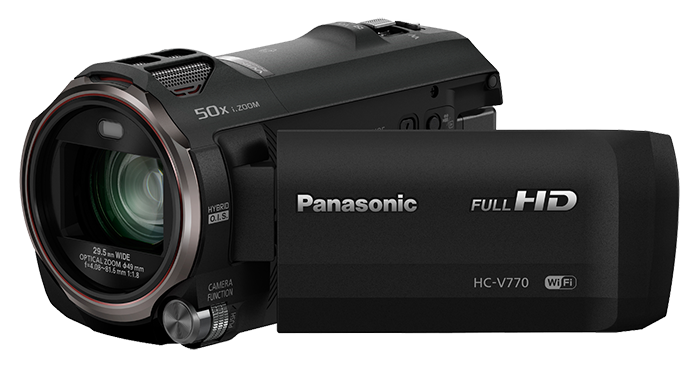

Most dash cams record video to an SD card (more commonly a Micro SD card), a type of removeable memory for portable devices. Dash cams typically save video files in increments from 1 to 5 minutes, and you may be able to adjust the length of the clip time in your camera's settings. If you plan to take a long drive and are concerned about losing footage from parts of your road trip, you'll want to make sure that you have a high capacity SD card and that you're immediately locking the video clips you want to save. Once the memory card has reached its recording limit, dash cam loop recording works by overwriting the oldest files with new video. Keep in mind that different dash cams have different maximum file capacities for the largest memory card they will accept. Some dash cams, but not all, will include a memory card so you don't have to purchase one. When you first begin using your dash cam, video will be recorded up to the capacity of the installed memory card. There are a few reasons why continuous loop recording may not function as expected, including if too many videos on the SD card have been locked to prevent them from being overwritten.


Loop recording is standard on most modern dash cams, but you may be able to adjust this setting, depending on the device. This allows the camera to keep recording even if the installed SD memory card is full, helping to ensure that the device never misses a minute of your drive. What Is Continuous Loop Recording on a Dash Cam?Ī continuous loop recording dash cam records video by overwriting older video with new footage.


 0 kommentar(er)
0 kommentar(er)
